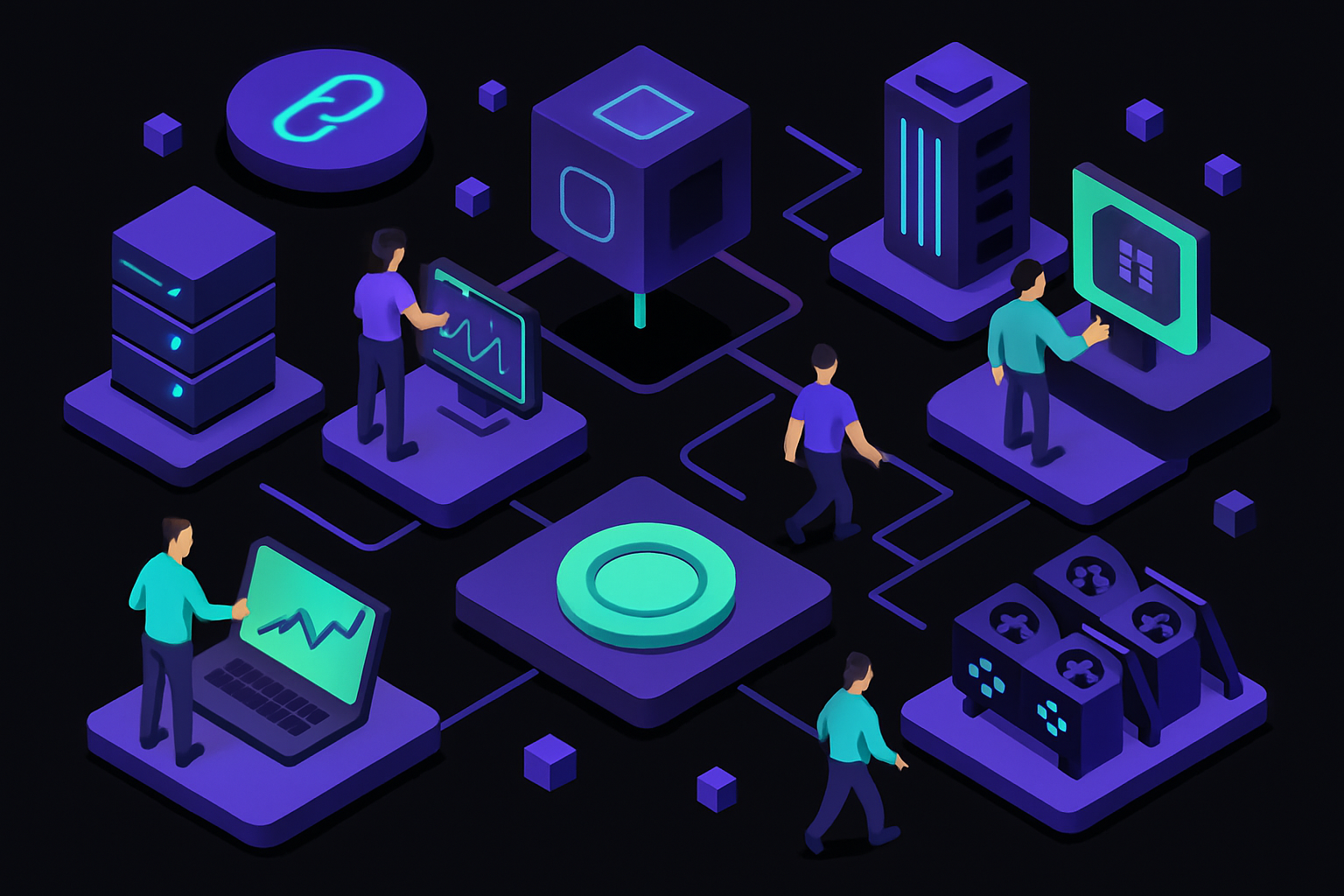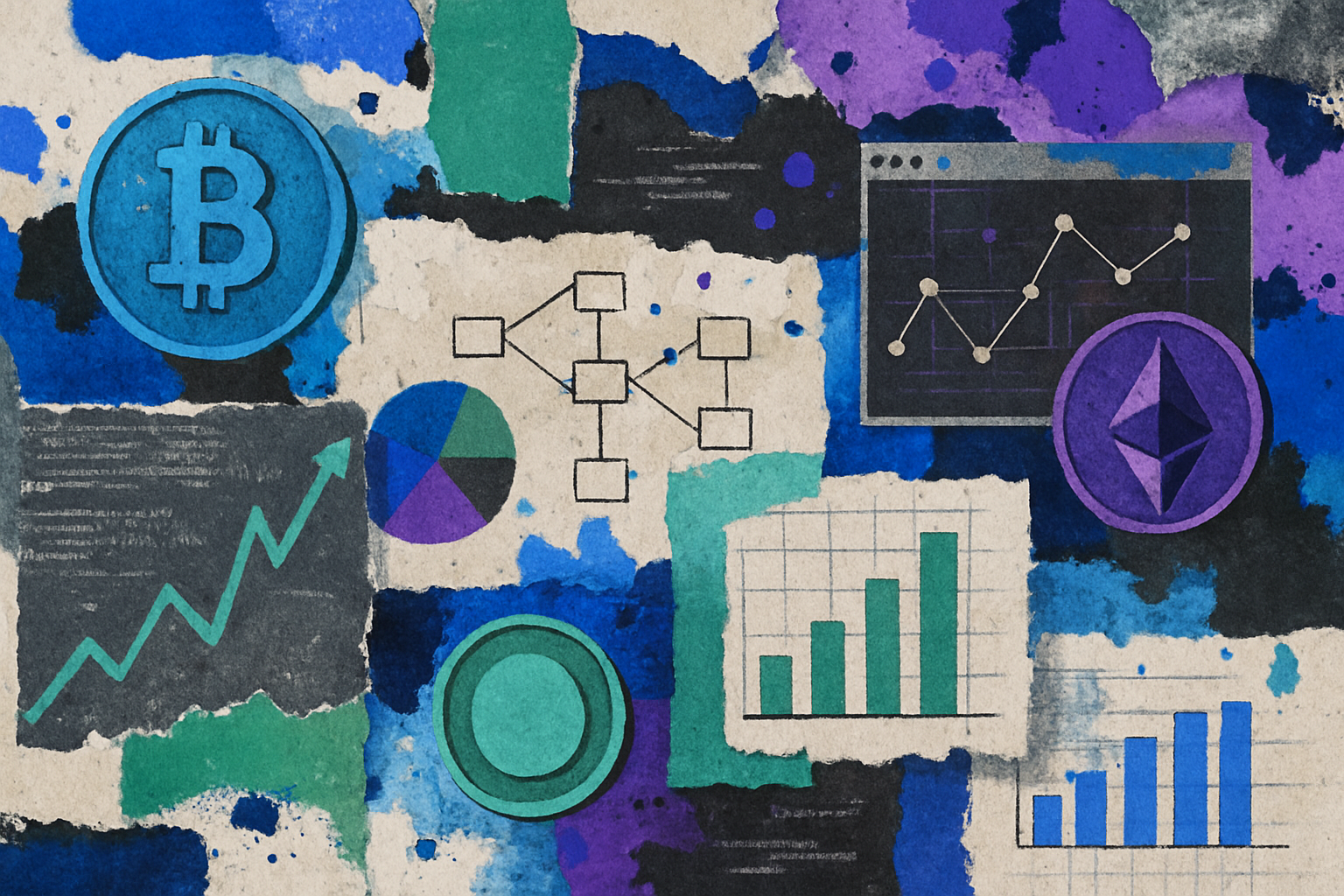
Imagine a world where the sword you found in a dungeon, the rare skin you unlocked after months of grinding, or even the land you farm on in-game is truly yours – not just a line of code controlled by a game publisher. This is no longer a fantasy. Thanks to NFT-based economies, blockchain games are flipping the script on digital ownership and player-driven value creation.

True Ownership: The Heart of NFT Gaming
In traditional gaming, your prized loot and collectibles exist at the mercy of centralized servers. If a developer pulls the plug or bans your account, those assets vanish forever. NFTs (non-fungible tokens) change this paradigm by recording asset ownership transparently on blockchain networks. Each NFT is unique and verifiably owned by you – stored in your wallet, not locked away behind corporate firewalls.
This concept of true digital ownership means that whether you wield a legendary weapon in “Axie Infinity” or own a parcel of LAND in “The Sandbox, ” these assets are yours to keep, sell, or trade as you see fit. No more gatekeepers. No more arbitrary restrictions.
The permanence of NFTs also matters: once an asset is minted on-chain, it can exist independently of any single game’s fate. This opens doors for cross-game interoperability and enduring value beyond any one title.
Player-Driven Economies: Earning Real Value
The rise of NFT-based economies has supercharged player agency. In blockchain games like “Craft World, ” players collect and trade over 25 unique resources represented as ERC-20 tokens – all tracked transparently on-chain. This fosters thriving marketplaces where supply, demand, and creativity rule instead of top-down control.
Let’s break down how this works in practice:
- Axie Infinity: Breed, battle, and trade Axies (adorable creatures) as NFTs. Players have built entire livelihoods by monetizing their rarest Axies on secondary markets.
- The Sandbox: Buy virtual land as NFTs to develop games or experiences – then monetize them through user-generated content sales or events.
- Pixels: Farm crops and craft items using the PIXEL token economy; everything from seeds to tools becomes part of an open marketplace with real-world value.
This shift isn’t just about speculation; it’s about empowering gamers to capture the value they create through play and creativity. Developers benefit too: they earn revenue from initial sales plus transaction fees from secondary trades – aligning incentives for quality content that resonates with communities.
The Power of Transparency and Fairness
NFT gaming isn’t just about new ways to make money; it’s also about restoring trust between players and platforms. Every transaction is recorded immutably on public blockchains like Ethereum or Ronin. This transparency means no more backroom deals or hidden asset inflation – rarity is provable and supply is fixed at minting.
This level playing field is especially crucial for competitive gamers who rely on authentic item stats for fair matches – but it also benefits casual collectors who want assurance that their digital treasures aren’t secretly being duplicated behind the scenes.
If you’re curious how these systems work under the hood or want to see how fully on-chain games are pushing boundaries even further, check out this deep dive into why fully on-chain games are revolutionizing asset ownership and game design.
What’s truly exciting is how these transparent, player-owned economies are sparking new forms of collaboration and competition. Guilds, DAOs (Decentralized Autonomous Organizations), and player collectives are pooling resources to acquire rare assets, organize tournaments, or build virtual businesses inside these blockchain-powered worlds. This isn’t just a new business model, it’s a cultural shift, where players have a real stake in the games they love.
Consider the ripple effect: as more games embrace NFT asset ownership, we’re seeing a networked ecosystem emerge. Items from one game could someday be used in another, provided both support compatible standards. Imagine wielding your favorite sword across multiple metaverse adventures or displaying your rare pet in social hubs outside its original game! Interoperability is still early but holds immense promise for the future of digital identity and creativity.
Challenges and What’s Next
No revolution comes without growing pains. The rise of NFT-based economies has raised concerns around speculation, asset volatility, and environmental impact, especially regarding proof-of-work blockchains. However, many projects are now adopting more energy-efficient networks and experimenting with governance models to put more power in the hands of players themselves.
Regulation is another hot topic. As NFTs gain value and become tradeable assets on open markets, questions around taxes, intellectual property rights, and consumer protections will only intensify. Game studios that prioritize transparency and community input will be best positioned to lead as these issues evolve.
For gamers eager to dive in or developers curious about integrating NFTs into their titles, the key is to stay curious and learn by doing. Start with reputable games like “Axie Infinity” or “The Sandbox” to understand how marketplaces function. Experiment with smaller transactions before making big moves, remember that every NFT purchase is a step into true digital ownership!
If you want to explore even deeper into how play-to-earn mechanics are reshaping virtual economies right now, see our analysis here: How Play-to-Earn NFT Games Are Shaping Virtual Economies in 2024.
Getting Started With Player-Owned Assets
Ready to join the movement? Here’s what you can do today:
- Create a crypto wallet: Start by setting up a secure wallet compatible with your chosen blockchain game.
- Research marketplaces: Explore platforms where NFTs from your favorite games are traded, look for verified collections and transparent transaction histories.
- Dive into communities: Join Discord servers or forums dedicated to blockchain gaming for tips on spotting valuable assets early.
- Play responsibly: Treat NFT investments like any other asset, never spend more than you can afford to lose!
The bottom line? NFT-based economies are giving players unprecedented control over their digital lives, from earning real value through gameplay to shaping entire virtual worlds alongside developers. As this space evolves, those who stay informed and engaged will help write the next chapter of gaming history.




